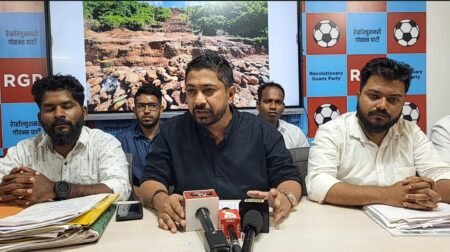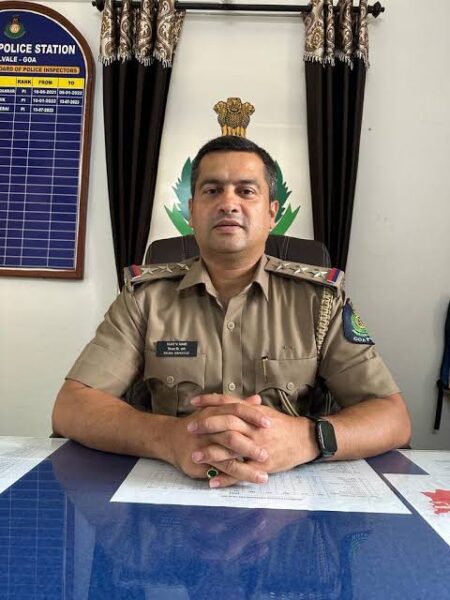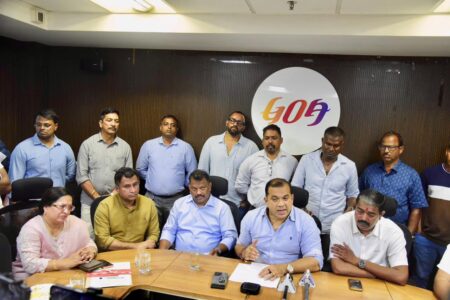In today’s world, no one wants to have a waste treatment plant in their backyard. The situation in Goa is no different, with several villages in the State protesting against the establishment of waste treatment plants in their vicinity.
In many cases, these protests have escalated to violent confrontations, emphasizing the severity of the issue. The prolonged deadlock in Bainguinim at Old Goa, lasting almost two decades, and the opposition from the residents of Verna and Loutolim, are indicative of the widespread discontent regarding waste treatment plants in the region.
Currently, Goa only has two functioning waste treatment plants, located in Saligao and Cacora. The Saligao plant bears the brunt of the State’s waste, while external waste disposal at the Cacora plant has been vehemently resisted by the local population.
This raises a crucial question: Why should only the people of Saligao endure the noxious odours and the constant presence of garbage-laden trucks on their roads? This situation calls into question the fairness of waste disposal and treatment practices in the region.
The Chief Minister Dr Pramod Sawant has given several assurances that the waste transportation to the Saligao plant would be stopped but there has been no such step taken.
Waste from an entire coastal area in North Goa, the capital city Panaji and the other parts, including South Goan is making its way to South Goa.
Consider this if the plant was in South Goa, would the people of South allow waste to be transported there? No.
This situation is arising as there are no concrete plans for Sonsodo, Bainguinim etc.
Imagine this, despite substantial investments in developing Goa as a Smart City, the absence of an adequate waste treatment infrastructure is alarming.
It is perplexing that a city boasting concrete roads and extensive surveillance systems has failed to address a fundamental need such as waste management. The repercussions of this oversight are evident in the daily transportation of approximately 16 tonnes of waste from Panjim to the Saligao plant due to the lack of local treatment facilities.
The inadequacy of the current waste treatment infrastructure is further exacerbated by proposed changes in land use and an increase in the Floor Area Ratio (FAR) through new Outline Development Plans (ODP) and Section 39A.
These developments raise legitimate concerns about the disposal of excess waste generated as a result of increased urbanization and development activities. The reassurances of politicians regarding the establishment of centralized waste treatment plants are met with scepticism, as past experiences have demonstrated the inefficacy of such solutions.
Critically assessing the performance of the Saligao waste treatment plant reveals a series of shortcomings in its operational processes, resulting in the persistent discomfort experienced by the local residents. While the facilities may outwardly appear well-maintained, the foul stench and inconvenience endured by the community tell a different story. Moreover, the reliance on external compost sources rather than utilizing their own products raises doubts about the plant’s efficacy and integrity.
Amidst these challenges, it is imperative to acknowledge the efforts of the Corporation of the City of Panaji (CCP) in addressing the escalating waste management crisis. Despite their commendable endeavours, the prevailing situation underscores the dire need for a comprehensive and sustainable waste management strategy that is not undermined by political agendas.
The proliferation of waste treatment plants in Goa demands a fair and holistic approach that upholds the well-being of all communities while addressing the critical need for sustainable waste management.
It is paramount for all stakeholders, including government authorities, to prioritize transparency, accountability, and community engagement in devising long-term solutions that safeguard both public health and environmental sustainability. Only through such concerted efforts can the region effectively tackle its pressing waste management challenges and pave the way for a cleaner and healthier future for all its residents.







